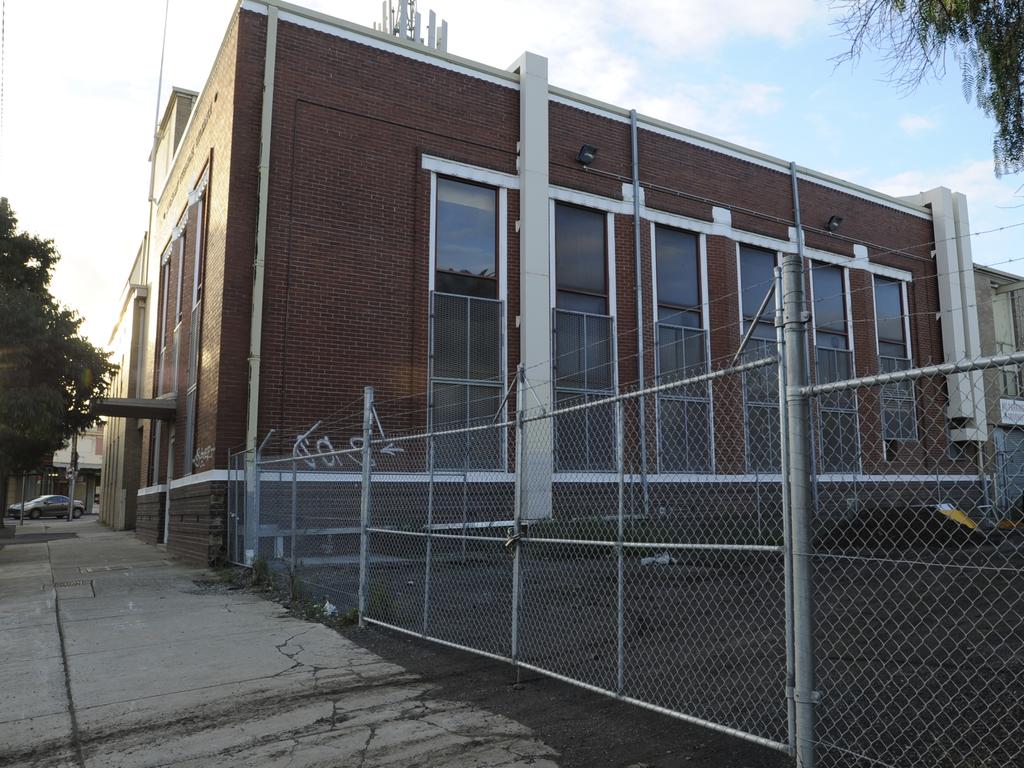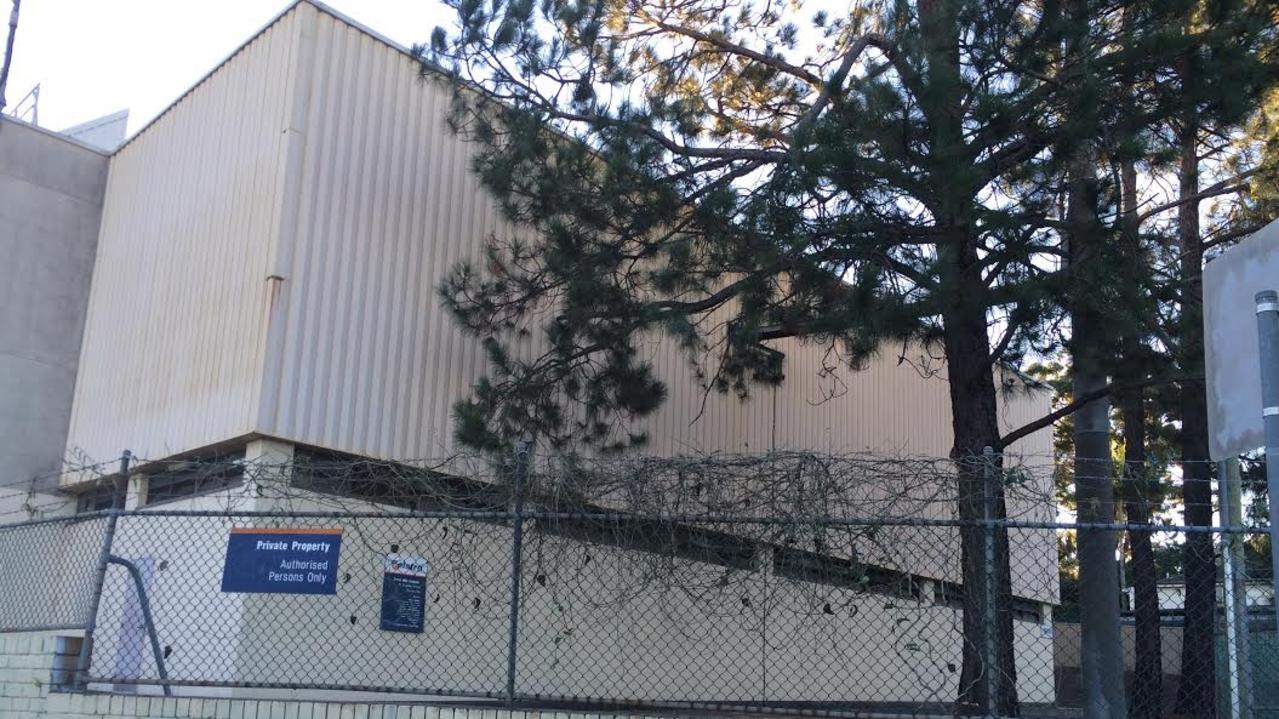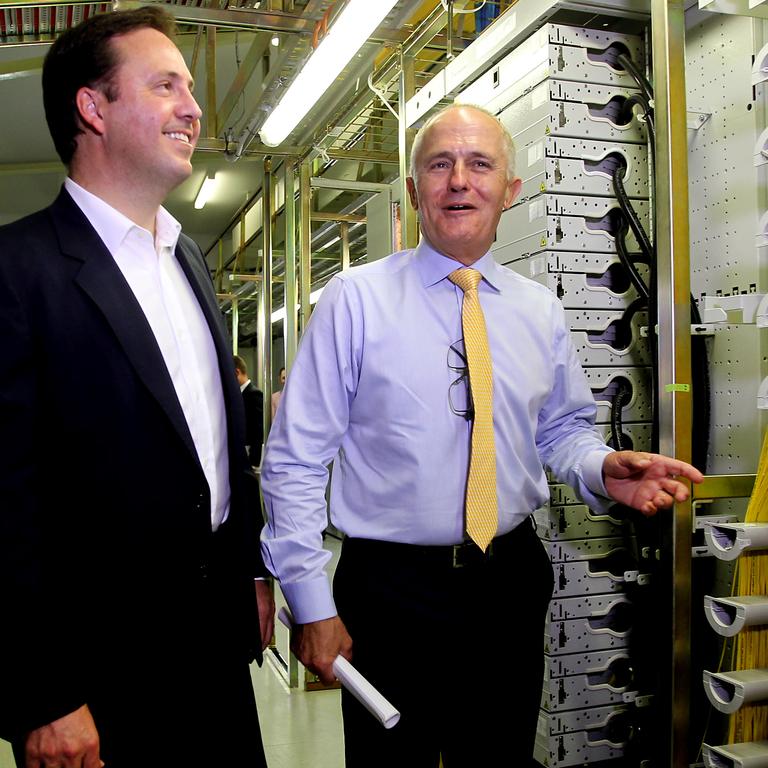Telstra plan to convert ugly old exchange buildings to make internet faster
It’s probably your suburb’s most boring landmark, and multi-billion dollar tech giants can’t wait to move in with a hi-tech overhaul .
It’s probably been a while since you last thought about your local Telstra exchange, if you ever did, but inside hundreds of the unassuming buildings dotted around the country, a hi-tech overhaul is underway to make the internet faster for you.
The telco has around 10,000 exchanges and fixed network sites, mostly red brick boxes more likely to end up on an “ugliest building” list than to win a design award.
The purpose of the buildings – connecting landline telephone calls – is becoming less and less relevant every year as the NBN completes its rollout.
Telstra has been decommissioning and even selling some exchanges, but the company has a new plan for them.
RELATED: Late night email could cost $2.2bn

RELATED: Airbnb host’s disgraceful comment
It’s called edge computing and it’s something you’re going to be hearing more and more about over the coming years.
“Edge compute is brand new, literally all around the world,” Telstra network and infrastructure executive Channa Seneviratne told news.com.au.
The innovation can’t come soon enough: After a decade of hearing about it people were finally starting to get their heads around what the “cloud” is, meaning it’s now time to pivot to a new industry buzzword.
In cloud computing, tasks that would have previously been performed on your device are instead delegated to a server for processing.
Aussie design unicorn Canva, Google Docs, and some features of Apple Siri or the Google Assistant on your smartphone all take advantage of cloud computing.
It allows less powerful devices to perform tasks they couldn’t dream of before.
RELATED: Elon Musk delivers internet ‘game changer’

RELATED: ‘Unacceptable’ problem telcos won’t fix
The problem is the data centres are often very far away.
Edge computing does the same thing faster by being closer, bringing the power of those data centres nearer where people are using them.
Mr Seneviratne said the increased speed and lower latency of 5G was another factor in the transition and the pair combined would allow for “immersive entertainment and content” like virtual reality as well as cloud-based gaming services like Google’s Stadia and Microsoft’s Project xCloud, which recently kicked off its Australian beta.
RELATED: New price tag for ‘inferior’ NBN

RELATED: NSW data ‘at risk of serious breach’
Telstra has identified 650 “strategic sites” around the country that it now plans to repurpose for edge computing.
But as is already the case in a lot of the exchanges, it won’t just be Telstra using the sites.
“There are other players who want to be in there,” Mr Seneviratne said.
“Amazon, Microsoft, Google: They’ve got big data centres and they would also love to have edge compute capability. We are talking to all of them and looking to strike partnerships with them.”
The plan is to have Telstra computers alongside its bigger multinational competitors to make the telco more than just a connector and real estate location for the US cloud giants.
RELATED: What drove 1500 per cent complaint surge

RELATED: Daily habit that infuriated neighbours
Mr Seneviratne said the biggest engineering challenge, typically the case for telcos, is ensuring resilience to minimise outages and allow other pods or nodes to pick up the slack if they do occur.
He said edge computing will enable cost savings for businesses and could even help keep people safe.
“You don’t need to spend money on IT infrastructure, we can provide that from an edge compute location that is really close to you and you can offload that capability,” Mr Seneviratne suggested. Trials have been ongoing with Commonwealth Bank on what he calls an “infrastructure free branch”.
He said edge compute could also provide advanced video analytics to help with things like traffic management and security, with machine learning now able to detect “aggressive behaviour”.
“Places like McDonald’s that are open 24 hours, where automatic detection of aggressive behaviour using advanced video analytics is really important, video analytics on every premise is pretty expensive. Providing that capability from an edge computing location, you can do the analytics and return a result quickly.”
Telstra is also trialling other potential capabilities in the Queensland city Toowoomba, a “major agri-tech sector”, to see what else edge computing can do.
Disclosure: The reporter is a Telstra shareholder.



